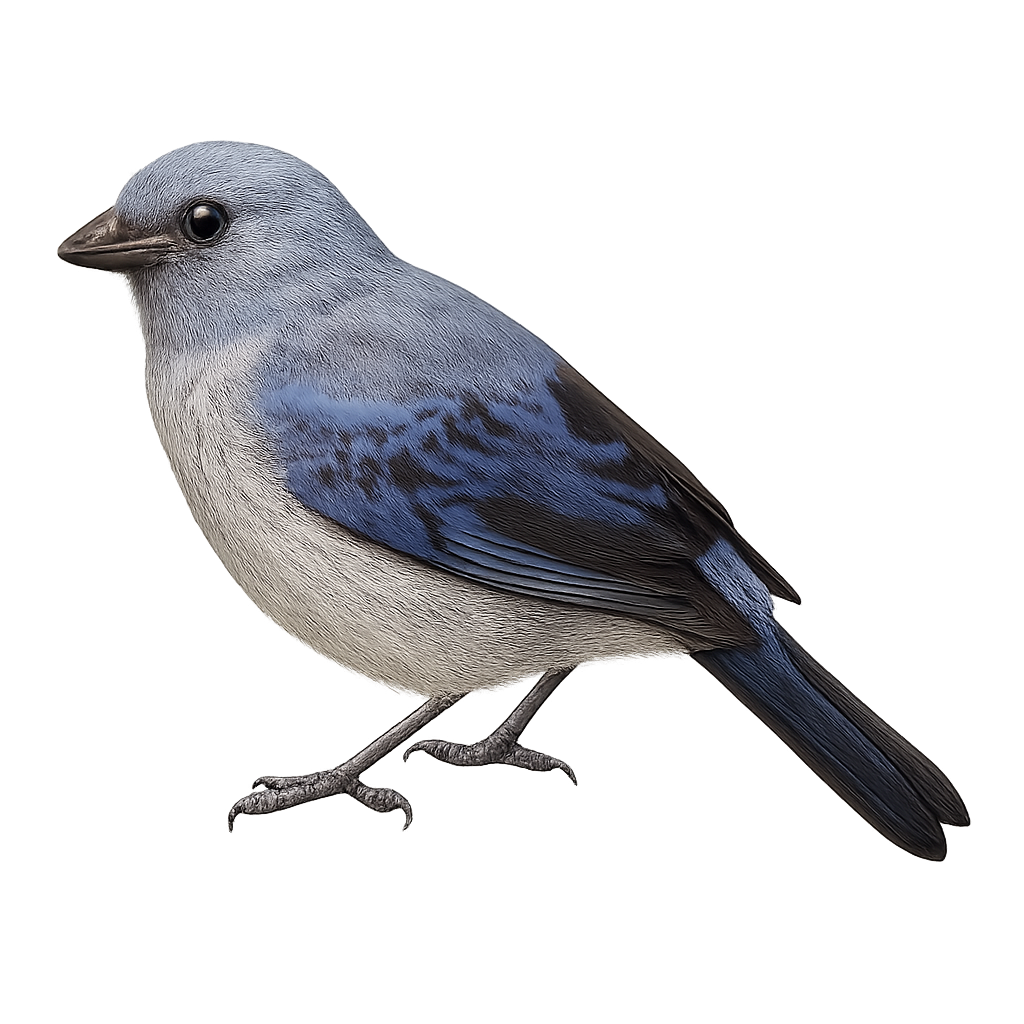Your wildlife photography guide.
Explore the plain-colored tanager in detail, study its behavior, prepare your shots.
Where to observe and photograph the plain-colored tanager in the wild
Learn where and when to spot the plain-colored tanager in the wild, how to identify the species based on distinctive features, and what natural environments it inhabits. The WildlifePhotographer app offers tailored photography tips that reflect the plain-colored tanager’s behavior, helping you capture better wildlife images. Explore the full species profile for key information including description, habitat, active periods, and approach techniques.
Plain-colored Tanager
Scientific name: Tangara inornata

IUCN Status: Least Concern
Family: THRAUPIDAE
Group: Birds
Sensitivity to human approach: Suspicious
Minimum approach distance: 10 m
Courtship display: March to April
Incubation: 13-15 jours
Hatchings: March to May
Habitat:
Humid tropical forests, forest edges, plantations
Activity period :
Primarily active during the day, with peak activity in the morning and late afternoon.
Identification and description:
The Plain-colored Tanager is a medium-sized bird, measuring about 14 cm in length. It is characterized by its understated plumage, primarily gray with lighter shades on the belly and slightly darker wings. This species is found in the humid tropical forests of Central and South America, particularly in Panama and Colombia. It feeds mainly on fruits, insects, and nectar, playing an important role in seed dispersal. The Plain-colored Tanager is often seen in small groups, sometimes in the company of other bird species. Although its plumage is not as vibrant as other tanagers, it possesses a subtle elegance that attracts birdwatchers.
Recommended lens:
400 mm – adjust based on distance, desired framing (portrait or habitat), and approach conditions.
Photography tips:
To photograph the Plain-colored Tanager, it is advisable to use a telephoto lens of at least 400mm to capture precise details without disturbing the bird. Look for areas where fruits are abundant, as these birds are often attracted to these food resources. Be patient and discreet, blending into the environment to avoid scaring them away. The best times to observe them are early in the morning or late in the afternoon when activity is at its peak. Use a tripod to stabilize your camera and achieve sharp images.
The WildlifePhotographer App is coming soon!
Be the first to explore the best nature spots, track rutting seasons, log your observations, and observe more wildlife.
Already 1 431 wildlife lovers subscribed worldwide

